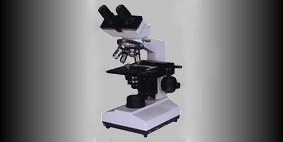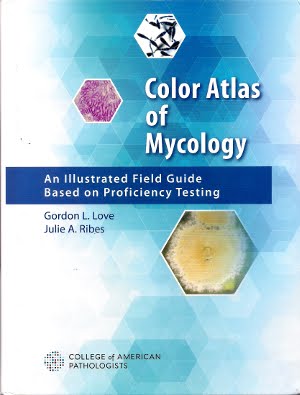 Enatamoeba coli is an amoeba which inhabits the human gut. It is considered to be an non-pathogenic commensal organism which along with thousands of other types of organisms makes up the normal gut flora. In the laboratory care must be taken in distinguishing the non-pathogenic Entamoeba coli from the pathogenic Entamoeba histolytica. Entamoeba can exhibit two forms, the trophozoite (troph) shown here and a cyst form which can exhibit up to 8 nuclei.
Enatamoeba coli is an amoeba which inhabits the human gut. It is considered to be an non-pathogenic commensal organism which along with thousands of other types of organisms makes up the normal gut flora. In the laboratory care must be taken in distinguishing the non-pathogenic Entamoeba coli from the pathogenic Entamoeba histolytica. Entamoeba can exhibit two forms, the trophozoite (troph) shown here and a cyst form which can exhibit up to 8 nuclei.Treatment is not necessary but presence of this organism in a stool sample may indicate that a person has been exposed to a contaminated source bearing faecal matter and further investigation may be warranted.
The photomicrograph above is of an Entamoeba coli trophozoite in a concentrated faecal specimen stained by the Iron Haematoxylin method. A coarse cytoplasm is seen and the cell has a nucleus with dense unevenly distributed nuclear chromatin at it’s periphery and a central nucleolus. x1000.

.jpg)























